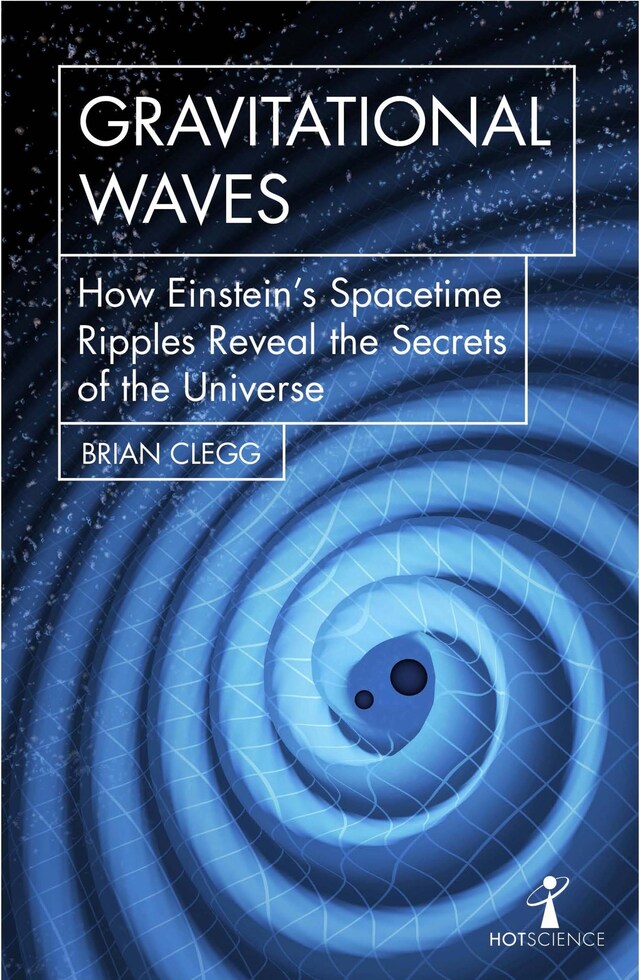
Gravitational Waves
How Einstein's spacetime ripples reveal the secrets of the universe


